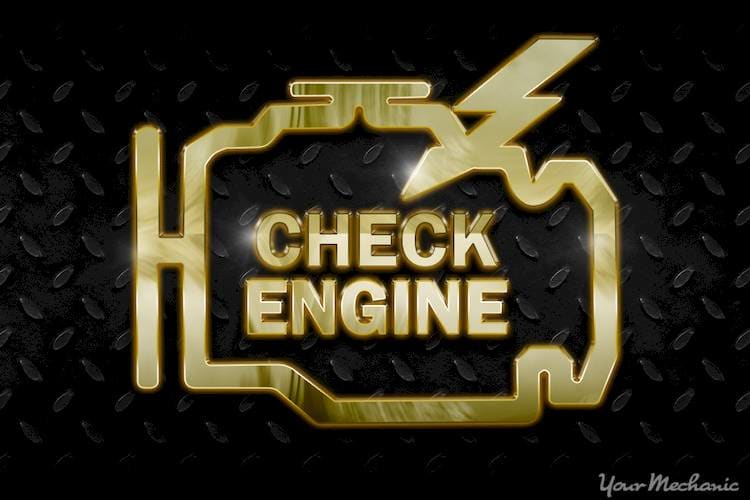P2253 code definition
O2 (Oxygen) Sensor Negative Current Control Circuit High Bank1 Sensor 1
What the P2253 code means
P2253 is a generic OBD2 diagnostic trouble code (DTC) indicating a fault with the bank 1 sensor 1 O2 sensor.
The bank 1 sensor 1 is one of the most important oxygen sensors. The Number 1 sensor’s signal is used by the electronic control unit (ECU) to set the air fuel ratio of the engine. When the voltage at bank 1 sensor 1 is found to be high, the P2253 code is set. The ECU will trigger the Check Engine Light to be illuminated on the dashboard as well as a failsafe mode enabled. The failsafe mode will remain in effect until normal sensor operation is found or the fault is repaired.
What causes the P2253 code?
- Open or short in the bank 1 sensor 1 wiring harness
- Failed bank 1 sensor 1 oxygen sensor
- ECU that is failing or has failed
- Poor electrical connection
- Engine vacuum leak present
- Leaking exhaust
What are the symptoms of the P2253 code?
How does a mechanic diagnose the P2253 code?
A mechanic will begin by using a scan tool to hook into the DLC port and check for any codes stored in the ECU. All codes found will be noted as with any freeze frame data.
Next, codes will be cleared and a test drive performed. The test drive should try to match the conditions found in the freeze frame data.
Next, a visual inspection will be performed looking for obvious causes such as soot from an exhaust leak, or damaged wiring.
Then, the scan tool will be used to view the ECU data stream to look at the oxygen sensor readings, as well as the short and long term fuel trims. The throttle will be operated while looking at these readings.
Using a multimeter, the voltage will be checked at the oxygen sensor.
Next, the exhaust will be checked for exhaust leaks. If no exhaust leaks are found, the intake will be checked for a vacuum leak.
Lastly, the ECU will be tested for proper operation.
Common mistakes when diagnosing the P2253 code
With many different systems having the potential for causing the P2253 code, it is easy to make mistakes if step-by-step diagnosis is not used. Low fuel pressure can cause the oxygen sensor readings to be off, as well as an exhaust leak. Care should be taken to fix the problem right the first time.
How serious is the P2253 code?
The P2253 will not prevent the vehicle from being driven to a safe location once the code has been detected. The vehicle may run slightly worse than normal and fuel economy will suffer if a rich or lean condition is present. With any DTC, the vehicle should be repaired as soon as possible for the vehicle to operate as designed.
What repairs can fix the P2253 code?
- Replacing the bank 1 sensor 1 oxygen sensor
- Replacing the ECU
- Resolving the low fuel pressure fault
- Repairing any exhaust leak found
- Repairing any vacuum leaks found
- Repairing or replacing the wiring harness
Exhaust leaks are something that can cause strange readings from the oxygen sensors. This is due to the leaks allowing unmetered air to enter the exhaust which changes the readings from the sensor. Exhaust leaks are generally pretty easy to find; they will sometimes leave behind a sooty black mark on the exhaust. These are normally found around junction points or bends. The other method is to carefully run a hand close to the exhaust to feel for any air exiting the exhaust. This method should be done with care by a professional, due to the heat coming from the exhaust and the chance to receive a burn.
Need help with a P2253 code?
YourMechanic offers certified mobile mechanics who will come to your home or office to diagnose and repair your vehicle. Get a quote and book an appointment online or speak to a service advisor at 1-800-701-6230.
Check Engine Light
trouble codes
P2253
No more waiting rooms! Our mechanics will come to you to diagnose and fix the P2253 code.





